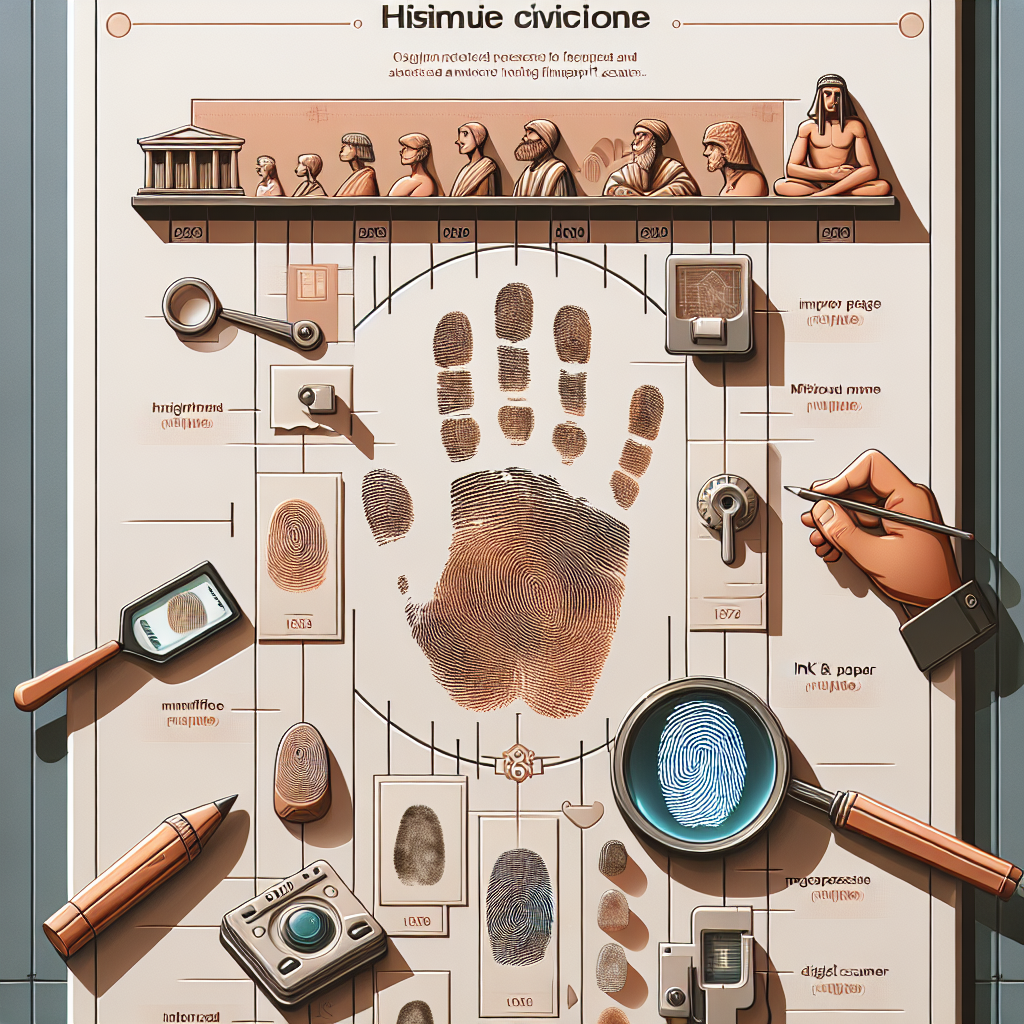Fingerprint analysis, also known as dactyloscopy, is a method used by forensic scientists to identify individuals based on the unique patterns of ridges and valleys on their fingers. This technique has a long and fascinating history, dating back thousands of years.
The use of fingerprints for identification can be traced back to ancient civilizations such as the Babylonians, who used fingerprints on clay tablets for business transactions. In ancient China, thumbprints were used as signatures on legal documents. However, it was not until the 19th century that fingerprint analysis began to be used as a reliable method of identification in criminal investigations.
The modern era of fingerprint analysis began in the late 19th century with the work of Sir Francis Galton, a British scientist who conducted extensive research on fingerprints and their unique characteristics. Galton’s work laid the foundation for the development of fingerprint classification systems, which are still used today.
One of the key breakthroughs in fingerprint analysis came in 1892 when Argentine police officer Juan Vucetich used fingerprints to solve a murder case. This case marked the first time that fingerprints were used as forensic evidence in a criminal investigation, and it helped to establish fingerprint analysis as a reliable method of identification.
In the early 20th century, the use of fingerprint analysis became more widespread, with police departments around the world adopting fingerprinting as a standard method of identification. The establishment of fingerprint databases and the development of automated fingerprint identification systems (AFIS) further enhanced the accuracy and efficiency of fingerprint analysis.
Today, fingerprint analysis is a crucial tool in forensic investigations, helping to link suspects to crime scenes and identify unknown individuals. Advances in technology, such as 3D fingerprint scanning and computerized image analysis, have made it easier to capture and compare fingerprints, leading to more accurate and reliable results.
In conclusion, the history of fingerprint analysis is a testament to the power of this method as a tool for identifying individuals. From its ancient origins to its modern applications in forensic science, fingerprint analysis has evolved into a highly sophisticated and valuable technique for solving crimes and bringing criminals to justice.
#History #Evolution #Fingerprint #Analysis,fingerprint


Leave a Reply